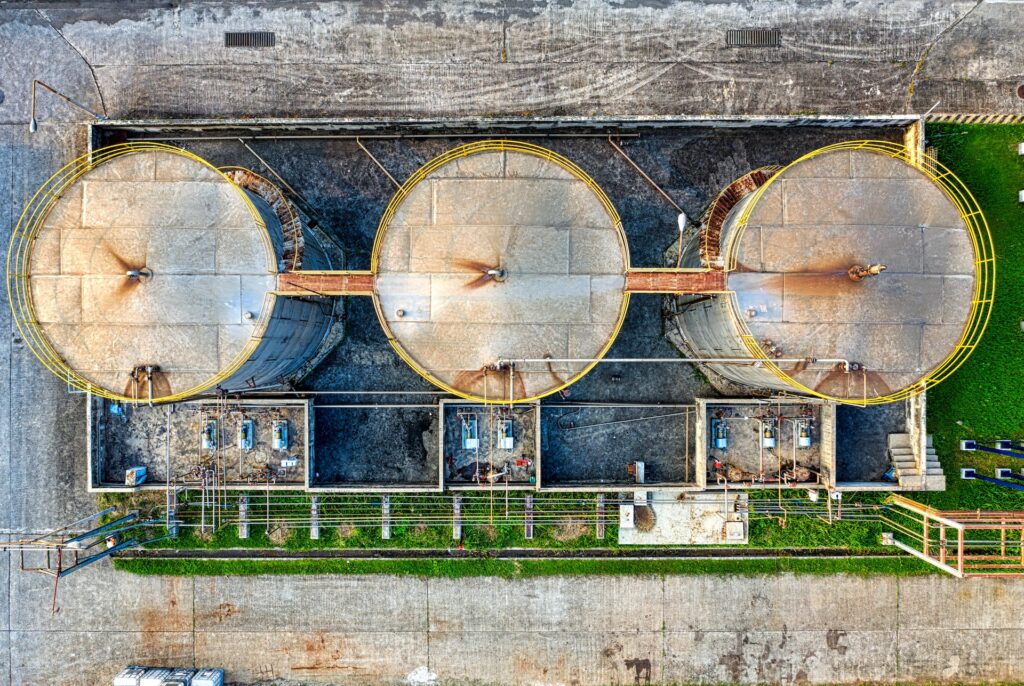
What Are the Most Common Residential and Commercial Oil Tank Services?
Residential oil tank services include installing separate fill pipes and overfill alarms and they can also remove an abandoned tank. These companies are available for both residential and commercial needs. Here is a brief overview of some of the most common oil tank services.
Installation Of Overfill Alarms
In the case of a residential or commercial oil tank, installing an overfill alarm may be necessary to prevent an overfill. Most oil tanks have several components to avoid overfilling, such as a float valve, overfill prevention valve, or overfill alarm. These components are typically located within a drop tube inside the fill pipe.
Other components, such as ball float valves, are installed below the vent line outflow piping. Ultimately, an overfill alarm combines sensors, audible warning devices, and automatic tank gauging devices. Installation of an alarm will require that the tank has a certain level and that the alarm sensor is located near the top or middle of the tank.
While most residential and commercial oil tank services provide overfill prevention alarms, Category 2 systems are a more complex option. These systems use separate sensors to monitor the liquid level in the tank. According to some oil tank services Westchester County, NY, the overfill prevention alarm’s sensor may be a point or continuous-level device. Overfill prevention alarms can also come with a remote hand switch.
Installation Of Separate Fill Pipes
In addition to a tank service valve, a fuel-oil tank shall be equipped with a separate fill pipe. Fill pipes must be at least two inches in diameter and be installed on a descending grade to the storage tank. Each fill pipe should be provided with a shut-off valve and swing check valve located on the terminal. In addition, a check valve is installed near the end of the pipe, preferably inside the building.
The location of the fill pipe depends on the tank’s distance from the furnace and the surrounding area. The fill pipe connects to the tank’s exterior while the fuel line feeds the fuel oil to the furnace. If both the commercial and residential tanks are connected, the fuel line must meet the latest code and regulatory requirements in NH and MA. In addition, it should be sized so that the service personnel can safely access the tank and the piping.
Removal Of An Abandoned Buried Tank
If you have an abandoned buried oil tank on your property, you may want to consider removal. An abandoned tank has not been used for years and will likely still contain hazardous chemicals. You must have the tank removed before the land is safe for use again. This task requires heavy lifting machinery. While this process may take as little as a day, the tank will still leave contamination in the soil. Fortunately, there are ways to remove an abandoned tank and fix and repair it.
Before you decide to remove a buried oil tank, it is essential to understand what is involved in this process. While abandonment can be an option, it does leave a tank on the property. Complete removal can help the land become more appealing to buyers. A professional home inspector, certified in soil tests, and proper equipment can all help you make a legal decision about removing your buried oil tank.
